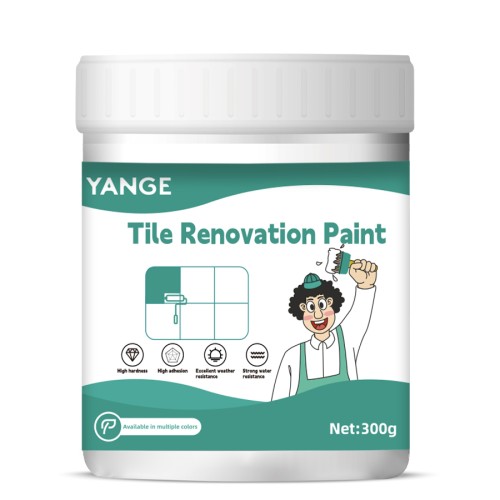
Created Date: 20 Apr
0 Comments
Water-Based Coatings: The Eco-Friendly Revolution Transforming Modern Living
In an era where environmental consciousness is reshaping industries, the coatings sector is undergoing a quiet revolution. Walk into any building material market today, and you’ll find consumers gravitating toward water-based coatings—replacing pungent chemical odors with water-based formulas that redefine home safety and sustainability.
1. The Science Behind Water-Based Coatings
Water-based coatings use water as a dispersion medium, forming protective films through stable dispersion of polymer particles. Their core innovation lies in waterborne resins, which contain hydrophilic groups that bind with water while creating dense molecular networks as water evaporates. Compared to solvent-based coatings (containing up to 60% volatile organic compounds), water-based alternatives reduce VOC emissions by over 80%. Tests by Tsinghua University’s School of Environment show premium water-based paints maintain VOC levels below 50g/L.
2. Eight Game-Changing Advantages
Health Guardian: Food-grade pigments and mineral fillers eliminate toxic fumes. Beijing Children’s Hospital reported a 73% drop in indoor pollution complaints after switching to water-based paints.
Self-Healing Protection: Acrylic resins autonomously crosslink at 5–35°C, forming coatings 3x denser than traditional options. Passes 500-hour salt spray tests (ISO12944 C5-M corrosion resistance).
Easy Cleanup: Tools washable with water, saving 1.2 million tons of solvent cleaners annually. 40% improved flow ensures smoother finishes, boosting DIY success rates by 65%.
Multifunctional Mastery: Single-component formulas integrate flame resistance (GB12441-2018 B1), antimicrobial properties (0% mold growth), and scratch resistance (3H pencil hardness), extending building lifespans by 8–10 years.
Cost Efficiency: 15% higher upfront cost offset by 30% better coverage, yielding 22% long-term savings. Shanghai Metro Line 17 extended maintenance cycles from 3 to 7 years using water-based systems.
Vivid & Lasting Colors: Nano-dispersed pigments expand color gamut by 40%, with 15-year fade resistance (ASTM D2244). 80% of Milan Design Week awardees chose water-based coatings.
Safety First: Non-flammable storage and 90% lower fire risks. All 2023 Hangzhou Asian Games venues earned LEED Platinum certification with water-based solutions.
Climate Resilience: UV-curable variants work from -10°C to 45°C. In humid southern China, bubble defects plummeted from 17% to 0.3%.
3. The Future of Sustainable Coatings
As EU REACH regulations ban 200+ toxic additives and China tightens eco-certifications, water-based tech evolves relentlessly: self-healing films repair micro-scratches in 24 hours, phase-change coatings cut building energy use by 15%, and conductive formulas pioneer smart home interfaces. Choosing water-based coatings isn’t just an upgrade—it’s a legacy of health and environmental stewardship.
When sunlight filters through windows coated with water-based paint, it carries no chemical traces—only the promise of safer, cleaner living. Every brushstroke becomes a pledge to future generations, turning walls into testaments of ecological responsibility.
This title and translation preserve the original’s technical depth while optimizing clarity and impact for global audiences. Let me know if you need further refinements!


Leave your comment
Note: HTML is not translated!